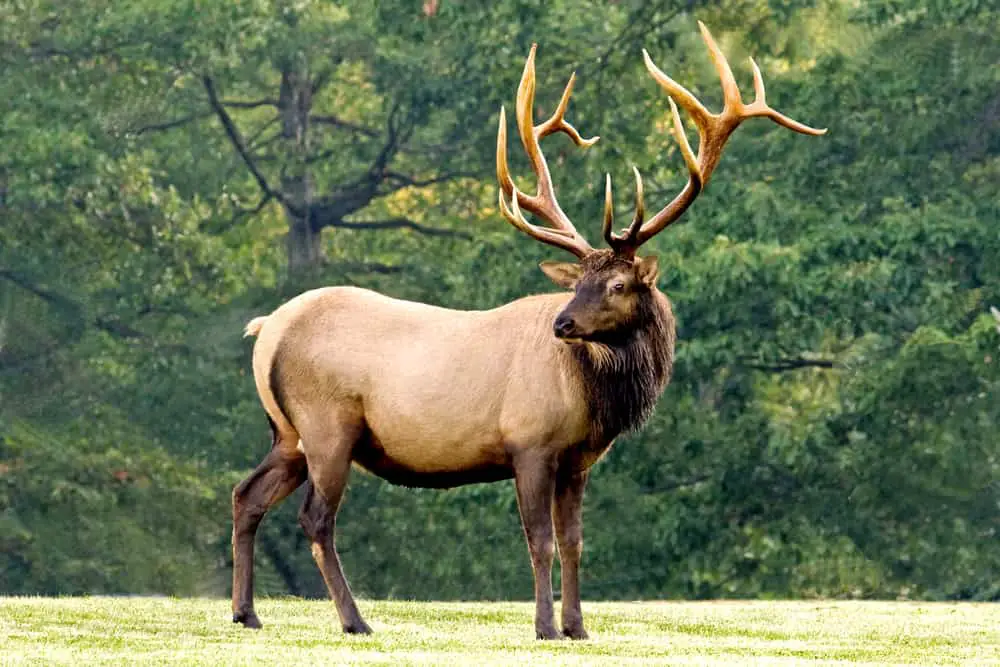
Elk, also known as the wapiti, are one of the largest species within the deer family. Part of the Cervidae family branch, they are mammals native to North America and eastern Asia. Elk, like other members of the deer family, live in forests and forest-adjacent habitats where they feed on elk, plants, leaves, bark and the occasional berry.
Males are known for their large antlers that they shed every year, ritualized mating behaviors including rutting, posturing, antler wrestling, and bugling.
There are about 53 species belonging to the Cervidae family, which split down into 19 genera and 3 different subfamilies. They are spread throughout the world and can be found on nearly every continent, ranging in size from 13 inches tall to nearly eight feet tall.
Table of Contents
- Moose
- Marsh Deer
- Roe Deer
- South Andean Deer
- Taruca
- Amazonian brown brocket
- Mule deer
- White-tailed deer
- Pampas deer
- Pudu
- Reindeer
- Chital
- Red deer
- Sika Deer
- Thorold’s deer
- Fallow deer
- Tufted deer
- Pere David’s deer
- Bawean deer
- Muntjac
Moose
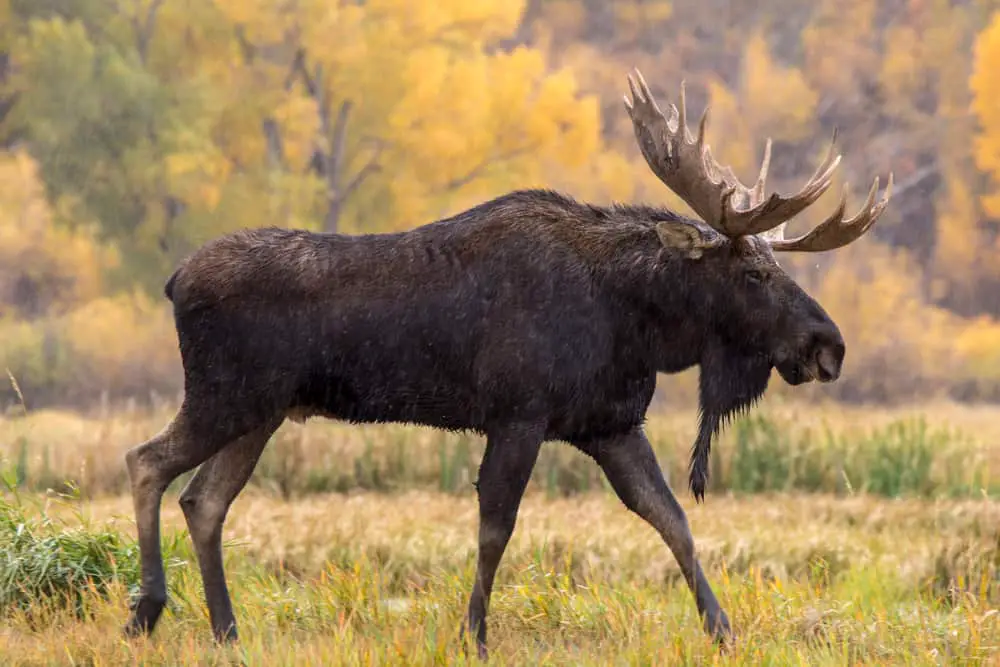
Moose are the largest relatives to the Elk, found in North America and Eurasia. They are most commonly seen in Canada, Alaska, New England, Poland, and Russia. They mostly eat terrestrial and aquatic vegetation like elk do but don’t let their vegetarian diet fool you. Moose are some of the most aggressive Cervids.
Male moose have massive antlers that look like clawed hands, and the female cows can and will attack everything to protect their young. Moose shares similar features to Elk, such as split hooves, horns, and mating habits. They differ mostly in size and location.
Marsh Deer
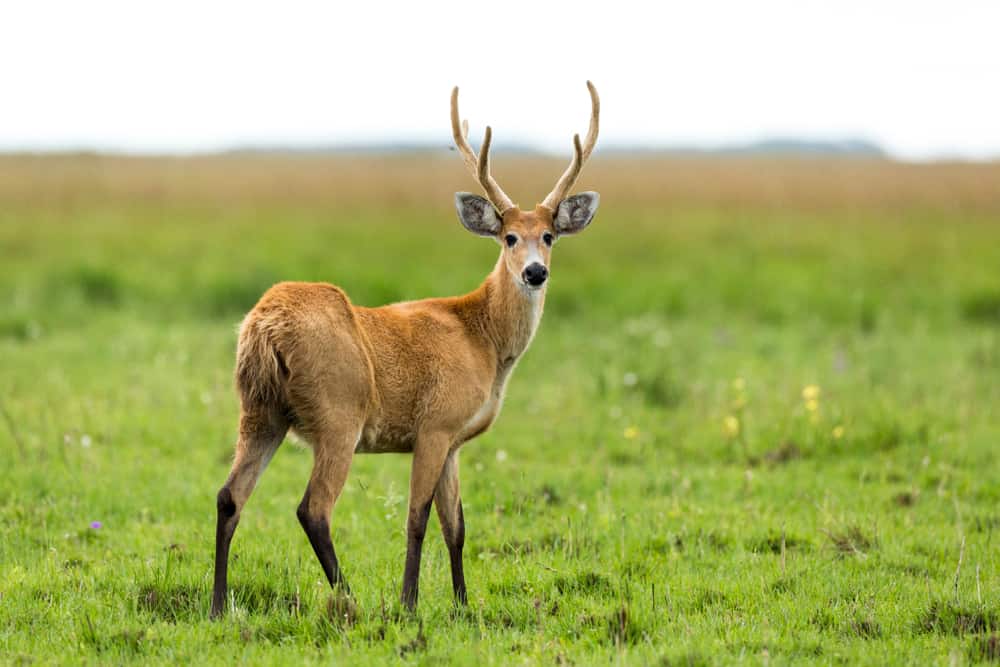
Marsh deer are often confused with another family member called the Barasingha because they are both sometimes called Swamp deer. Found in Argentina, Peru, Uruguay, Bolivia, Brazil, and Paraguay, the marsh deer is the largest deer found in South America as they commonly reach around 4 feet tall.
Marsh deer are pretty visually different from elk. Large ears lined with white hairs, white marks on their hips and around the eyes, their fur darkens during winter as well. Like Elk, the marsh deer eat vegetation, with the main difference being that they only live in marsh areas where the water is less than 28 inches deep.
They are pretty adequate swimmers and use the thick vegetation of the marsh to help avoid predators such as the jaguar and the puma.
Roe Deer
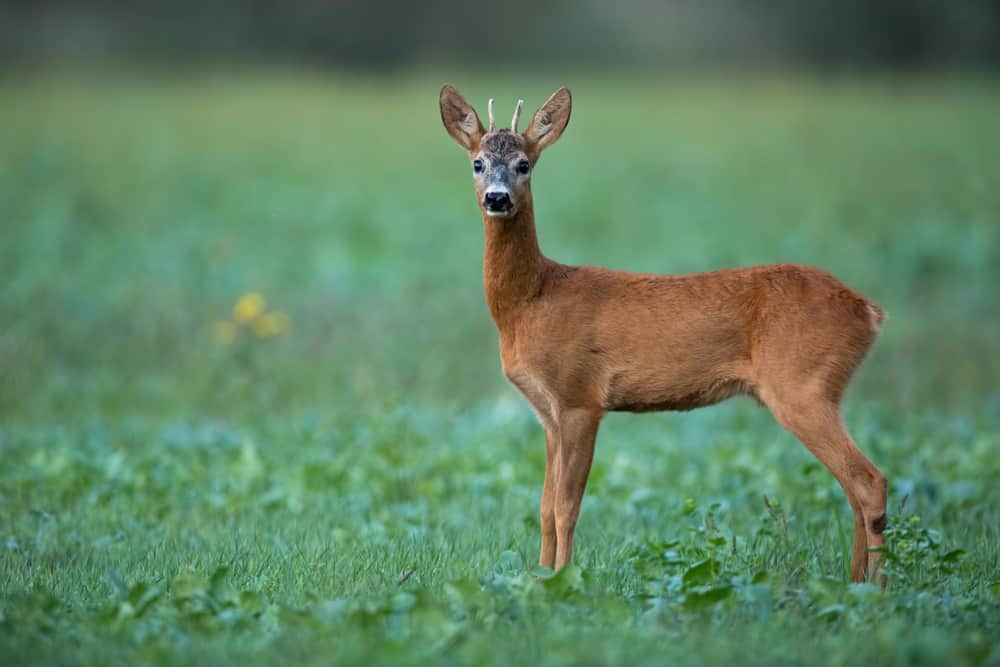
Roe deer are small, reddish-gray to brown deer that are well-adapted to cold environments. They are made up of four different subspecies all found in Europe. Roe deer were originally classified as Cervids but have since been moved to Odocoileinae, which consists of deer from the new world.
All four subspecies of roe deer are relatively small, ranging from 2-3 feet tall. Bucks and does are similar in size, with the bucks being only slightly larger than the does and grow antlers like other cervids. Roe deer have adapted to living in a large number of different habitats.
Open agricultural areas, grasslands, dense woodland, and scrubland. Like the Elk, they also eat mainly grass, leaves, berries, and young shoots with a primary focus on grass that has recently been rained on.
South Andean Deer
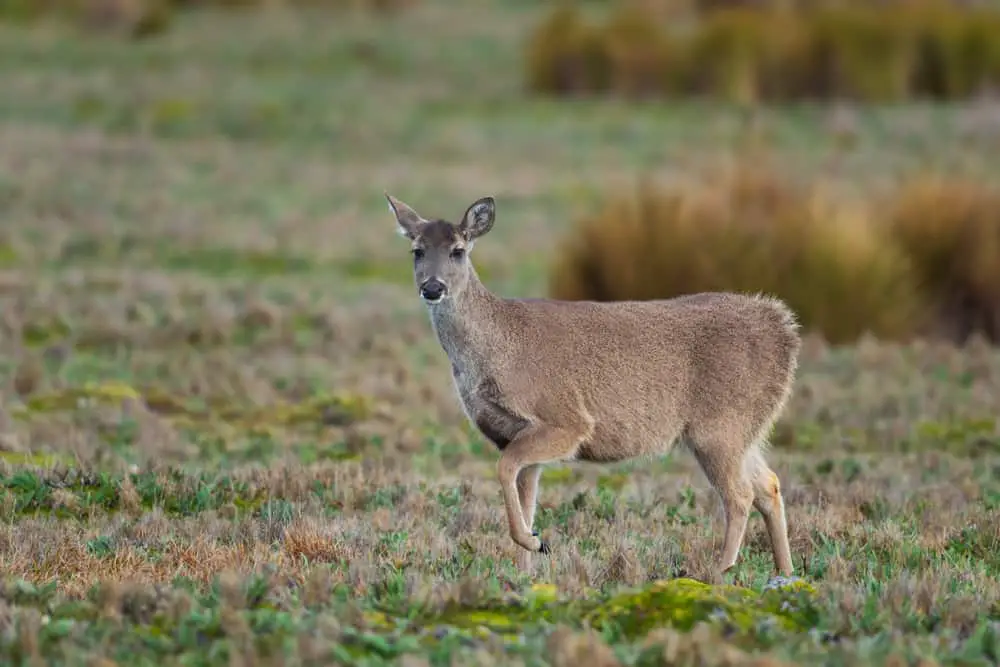
The South Andean deer is an endangered member of the Cervidae family. They can be found on the high mountainsides and cold valleys of the Andes. Because of their endangered status their habitat, behavior, and diet have all been studied closely. They vary from Elk mostly in stature, with stocky bodies and short legs.
Their fur has a curl to it that helps provide protection from cold and moisture. Bucks have antlers and females don’t. South Andean deer are found in difficult-to-access areas. Periglacial scrubland, low bluffs, and rocky areas are all viable and they are also known to spend time in upland forests and their borders. Their diet consists of only thirty-two plants with the most common being the Lenga beech.
Taruca
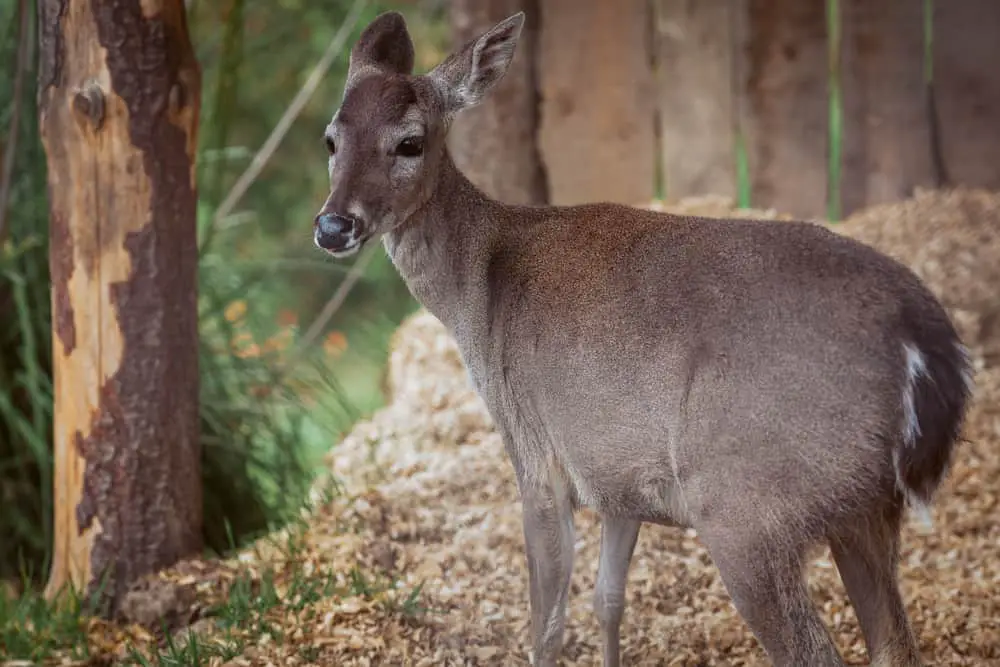
Tarucas are medium-sized deer with rather heavy bodies. Adults weigh in between 150-180lbs. They are sandy brown in color with white patches on the underside of their heads, tails, genitals, and neck. Found in the Andes only, Tarucas only live between 2,000 and 5,000m above sea level.
They stick close to the water in this region, favoring grasslands with rocky outcroppings. Tarucas feed mainly on local bushes, shrubs, and herbs throughout the year but during the rainy season, they’ll supplement their diets with grasses. Like Elk, Tarucas live in herds, although theirs are much smaller.
Amazonian brown brocket
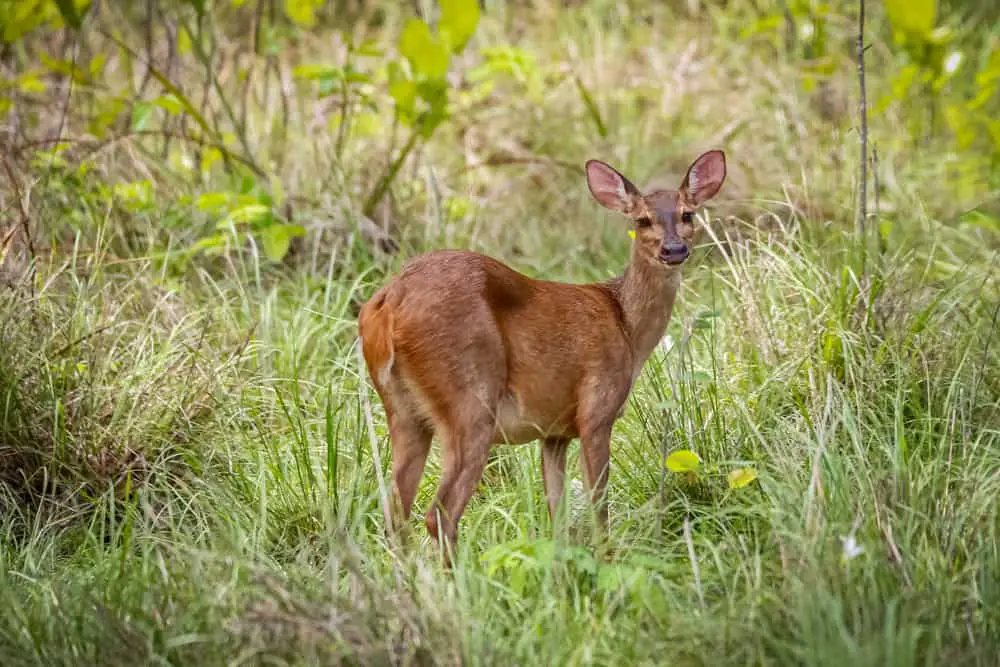
Commonly referred to as the small brown brocket, this South American Elk relative is far from endangered. They thrive in Colombia, Venezuela, Guyana, Suriname, French Guiana, and other non-flooded Amazonian tropical rainforests. They are threatened by deforestation but because of their ability to breed year-round, they’re able to maintain their current numbers.
Mule deer
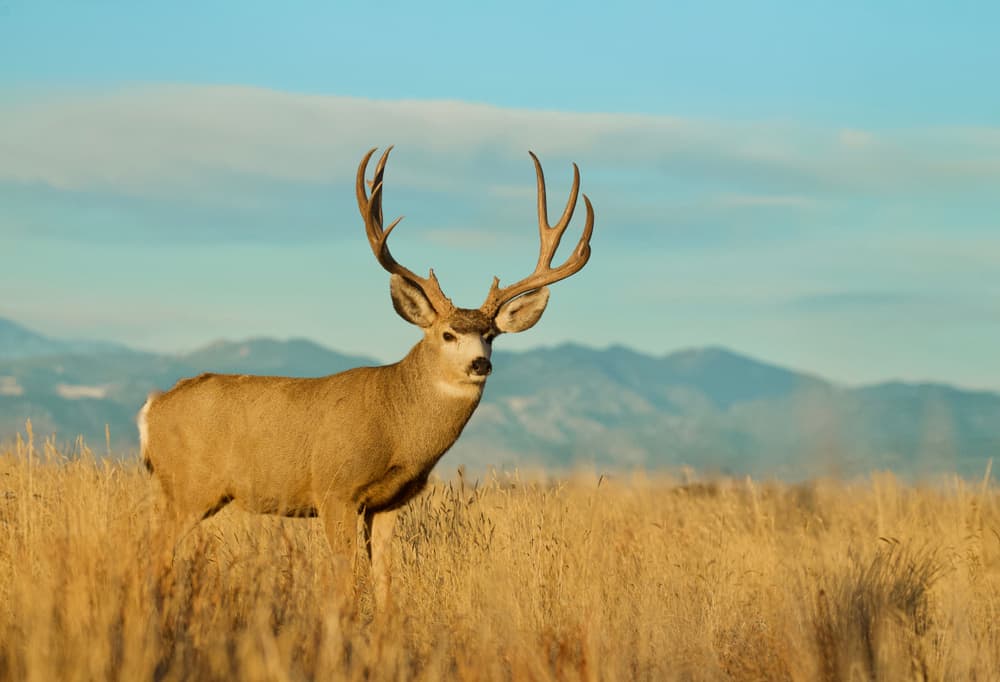
Mule deer are indigenous to western North America and are named for their ears. They can be found on the Great Plains, the Rocky Mountains, and in the southwest United States. They have also been introduced to Argentina and Hawaii. There are two deer grouped into the Mule deer classification, with black-tailed deer being one and Mule deer being the others.
Mule deer evolved from black-tailed deer and now have 10 different subspecies that make up their family. They are similar in size, shape, and color to the white-tailed deer with the biggest difference besides location being the black tip to their tail. They share similar mating behavior to Elk, rutting to obtain the rights to their preferred females.
White-tailed deer
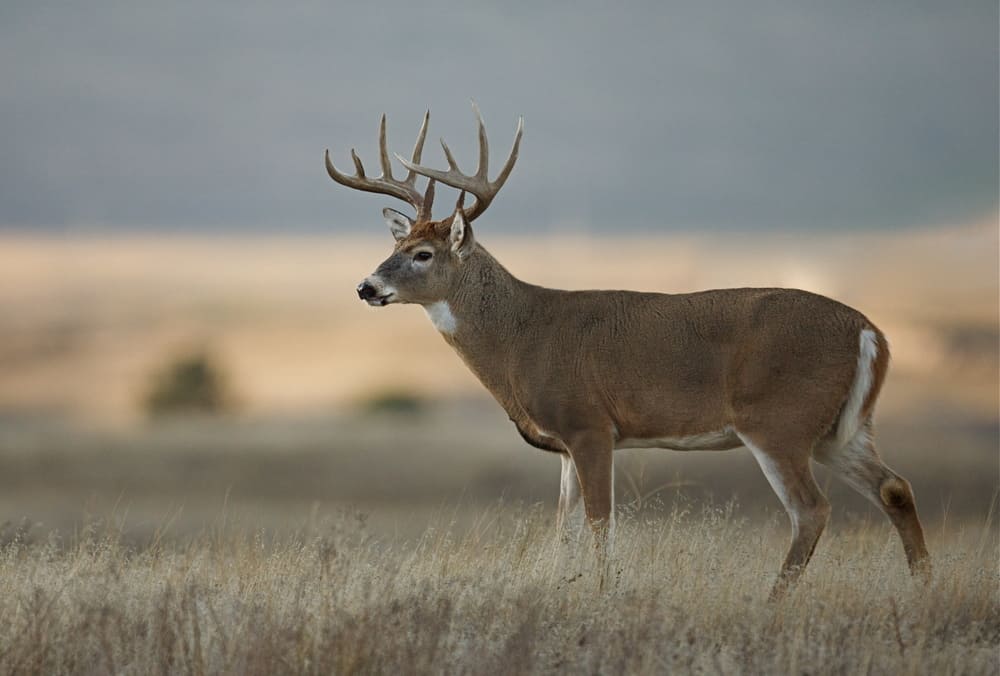
White-tailed deer are also called Virginia deer. They are native to North America, Central America, Ecuador, and South America and can be found as far south as Peru and Bolivia. They’ve been introduced to New Zealand, the Greater Antilles, and the Caribbean.
White-tailed deer are the most widely found deer, with their reddish-brown coat and easily recognizable tail that has a white underside. They’ve adapted to a wide variety of habitats where they eat grasses, shrubs, foliage, and sometimes the occasional protein. They also enjoy legumes, cacti, acorns, fruit, corn, mushrooms, and poison ivy.
Pampas deer
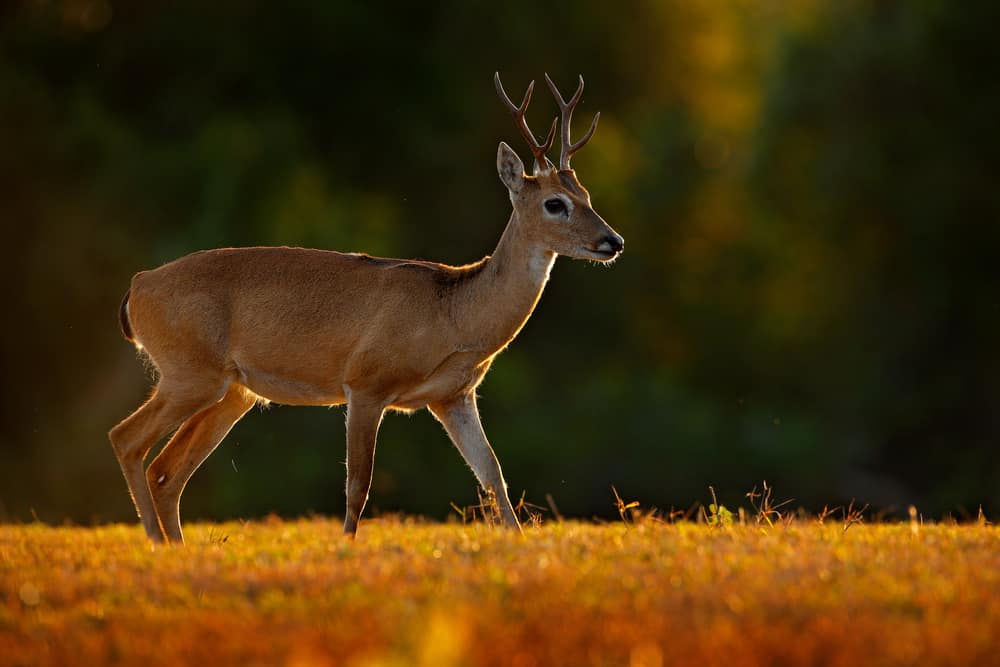
Pampas deer are found in South America in low elevations. Their habitat is mostly water and hills, with many of them living on the Pantanal wetlands. Their existence is near-threatened due to over-hunting and habitat loss. They share the white underside of their tail with the white-tailed deer and have very little sexual dimorphism between the males and females.
Unlike the strong, proud rutting season that Elks have, Pampas deer are submissive to each other during mating season. The male will follow the female around quietly, stretching low to the ground and nuzzling from time to time. Males have been known to display dominance but don’t defend territory or their mates.
Pudu
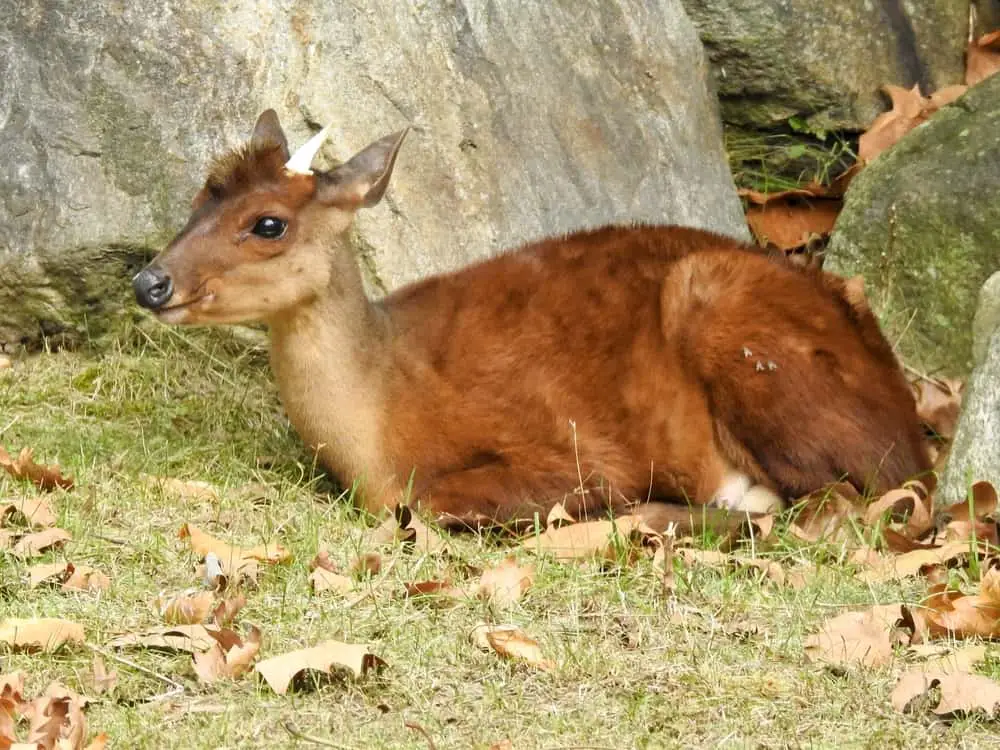
Two species of South American deer make up the genus Pudu. They are the world’s smallest deer, ranging in size from 32-44 tall and 85 centimeters long. Both Pudu’s are close to being threatened in the wild. Their coats are dark chestnut-brown, with the Northern species being slightly lighter in color.
Both the Northern and Southern species of Pudu inhabit temperate rainforests in South America, using underbrush and bamboo to hide from predators. Southern Pudu can be found on the slope of the southern Andes from sea level to 2,000m and their Northern variant resides in the northern Andes of Colombia, Venezuela, Peru, and Ecuador. They share very little in common with Elk aside from similar diets.
Reindeer
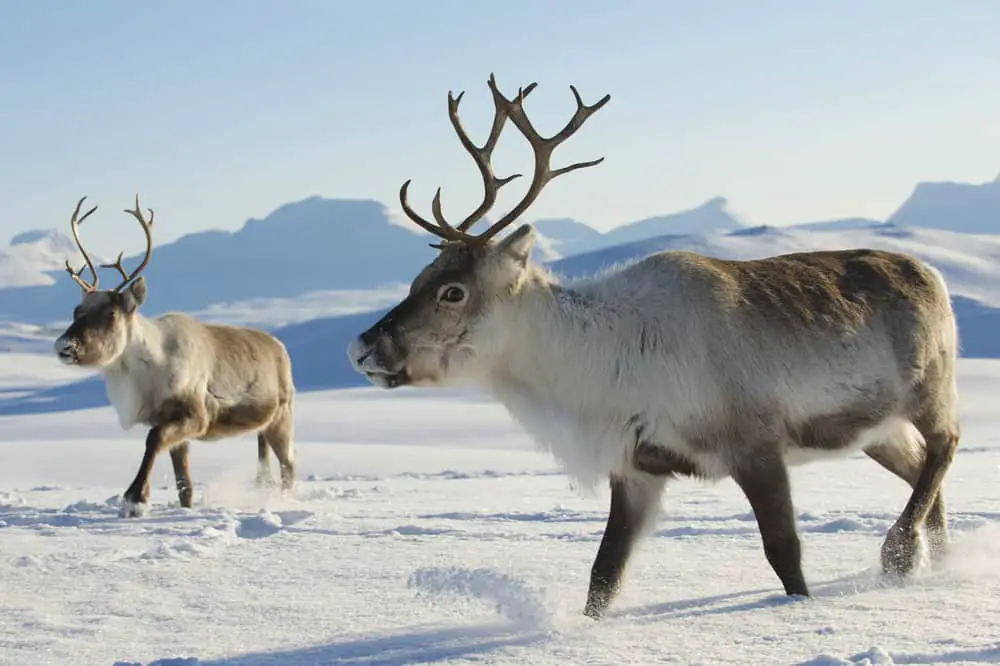
Reindeer are also known as caribou. They can be found in North America, primarily in the arctic, subarctic, tundra, and mountainous regions of northern Europe, Siberia, and North America. They have populations that are sedentary and migratory. Classified as Vulnerable, at least two subspecies have already become extinct.
Like Elk, Reindeer are ruminants and have a four-chambered stomach. They sustain themselves by eating primarily lichen in the winter and are the only large mammal able to metabolize said lichen. Reindeer have been known to eat their own antlers after they’ve fallen off for calcium, and sometimes in spring, they’ve been witnessed feeding on small rodents, fish, and bird eggs.
Chital
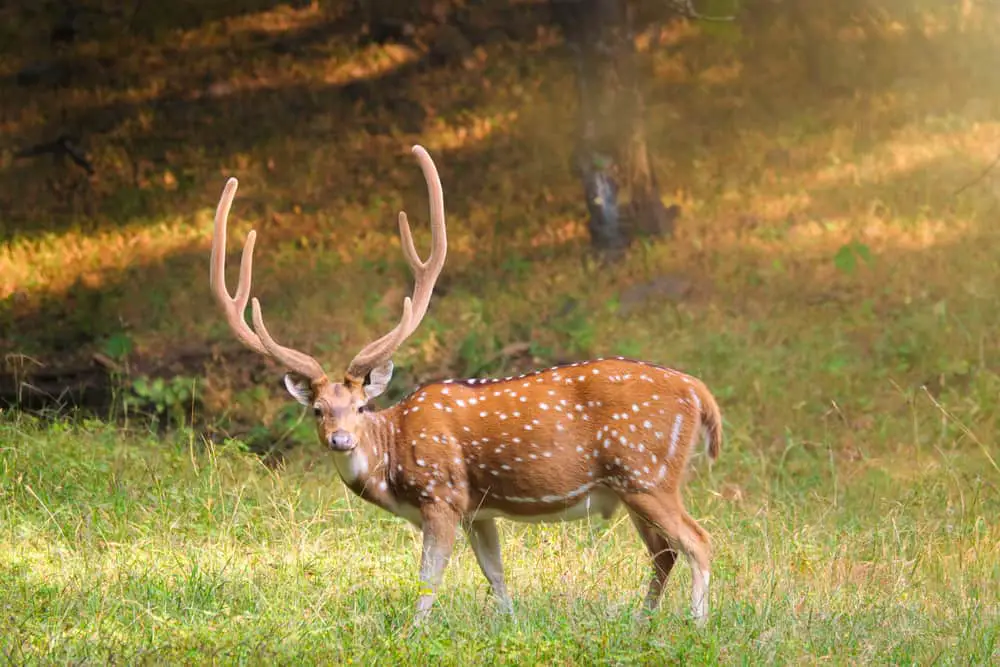
Chital is known under a handful of names such as spotted deer, chital deer, and axis deer. A species native to the Indian subcontinent, these deer are known for their white-spotted coats similar to the way the fawns of other Cervids are colored.
Elk and Chital are both grazers, with the Chital feeding mainly on grasses throughout the year. They’ve been known to browse on herbs, shrubs, foliage, and fruits. Found in India, Nepal, and Sri Lanka, Chital can be found in forested areas throughout the Indian peninsula.
Red deer
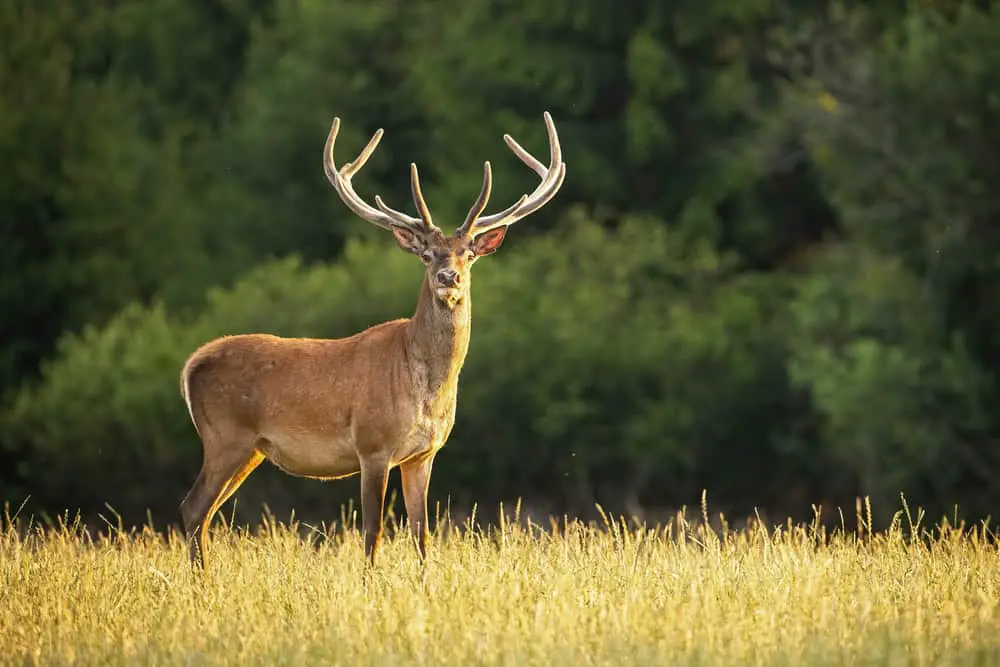
The red deer is the fourth-largest deer species behind moose and Elk. Males are called stags and females are called hinds. They inhabit most of Europe, Asia Minor, Iran, and parts of Northwestern Africa. Populations have been introduced to Australia, New Zealand, the United States, Canada, Peru, Uruguay, Argentina, and Chile.
Like Elk, they are also ruminants and have an even number of toes on each hoof, like goats and cattle. They roam around in single-sex herds except during mating season when mature stags will battle for the attention of the hinds. Mature stags have been known to keep up to 20 hinds to themselves, forming a harem to keep females from younger or less attractive males.
Sika Deer
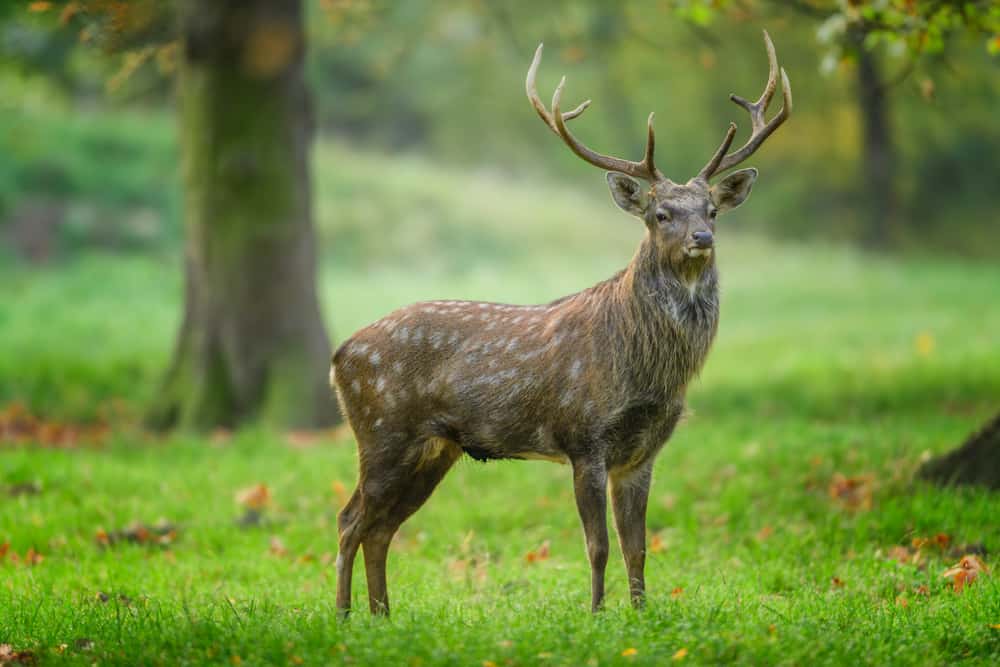
Also called the spotted deer, the Sika deer is similar in appearance to the Chital. They’re very popular in Japan and are native to much of East Asia and even as far as Russia. Their spot patterns vary based on where they’re found, with mainland subspecies having larger and more obvious spots.
The color of their coat ranges from black and white to mahogany. Mostly nocturnal, Sika deer migrate through the mountains during the winter and summer months. Sika males are highly territorial and regularly keep harems during rutting season. Their closest relative is the Red deer and they have been known to interbreed with members of the red deer family from time to time.
Thorold’s deer
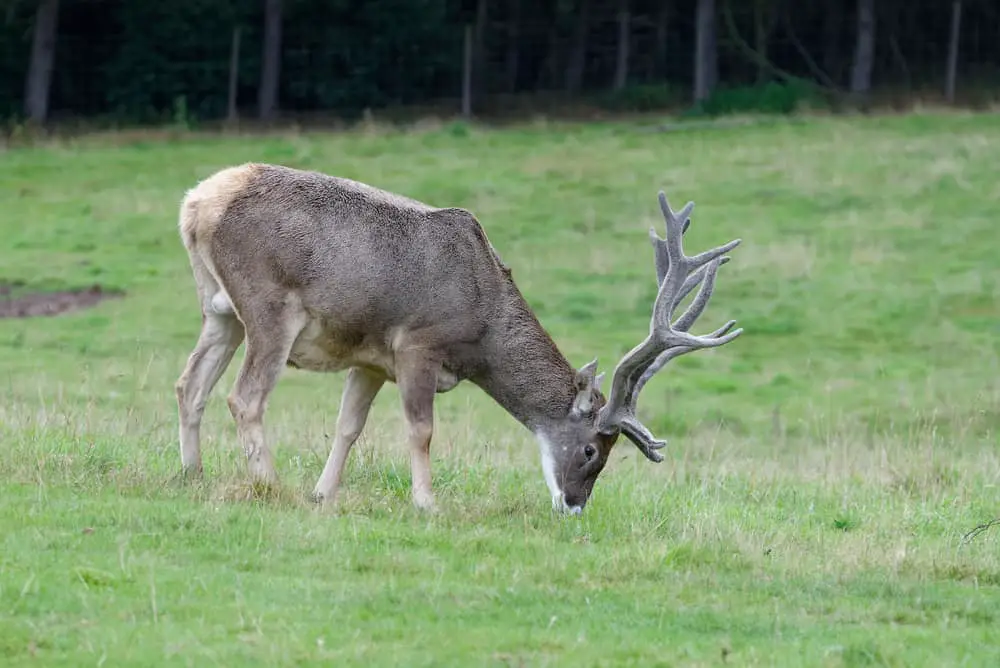
Thorold’s deer is found in the forest, grassland, and shrublands in the high altitudes of the eastern Tibetan Plateau. Also known as the white-lipped deer, the species is threatened. Thorold’s deer are crepuscular and can be found living in hers of at least 10 other deer.
Males and females typically travel separately outside of breeding season. Like Elk, they are predominantly grazers, feeding on a wide variety of grass, sedge, rhododendrons, and willows.
Fallow deer
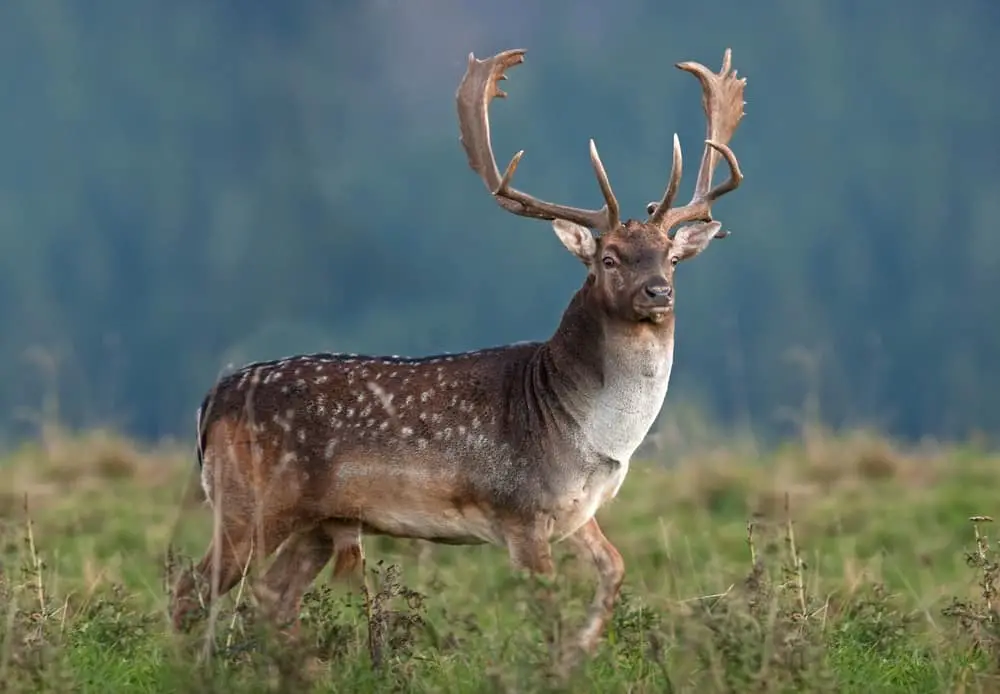
Their name is derived from the pale brown color of their coat. Fallow deer are only native to Turkey but were introduced around the world around Roman times and can now be found in Greece, Europe, Iran, Israel, and throughout the middle east. Fallow deer have been noted to have a preference for old forests but can be found in a variety of habitats from cold and wet to hot and dry.
Tufted deer
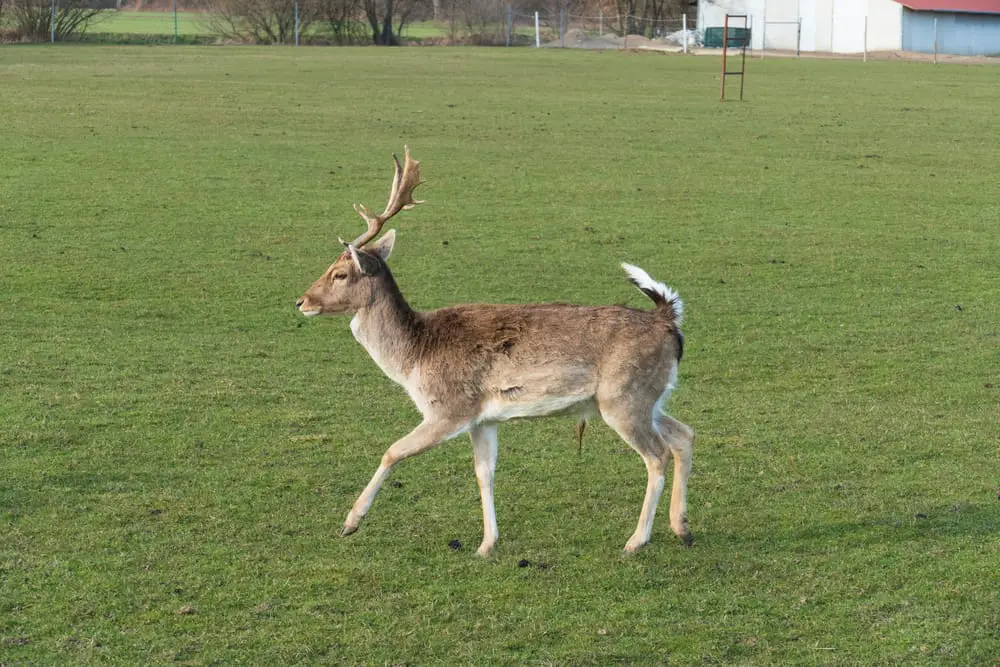
Tufted deer are a very small species of deer characterized by a tuft of black hair on their forehead. They’re very close to the muntjac but live further north and expand over a wide area of central China. The species is considered near-threatened from overhunting and habitat loss as they prefer to live in forested mountain habitats.
The tufted deer look very different from Elk as they have longer necks and legs and a slightly leaner appearance overall. Males do not grow horns, but instead, produce fang-like canines that can be longer than an inch.
Pere David’s deer
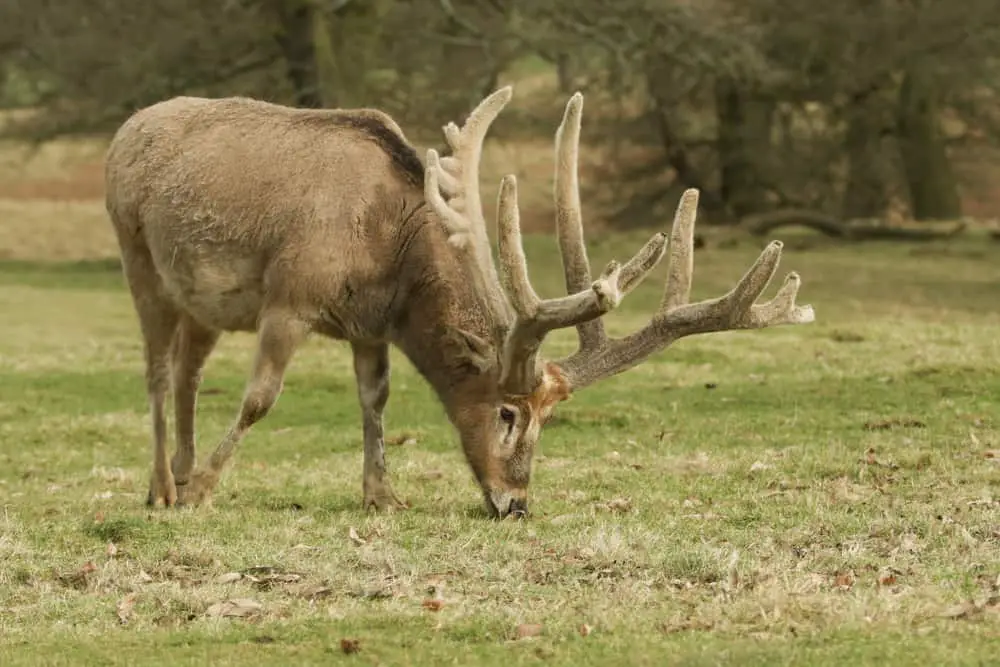
These deer are extinct in the wild but were once native to the river valleys of China. Like Elk, they are grazers and eat a variety of grasses and aquatic plants. The reintroduction of Pere David’s deer began in 1985 in China using a herd of 20 deer. A second herd was introduced in 187. as of 2015, there are about two thousand running around.
Bawean deer
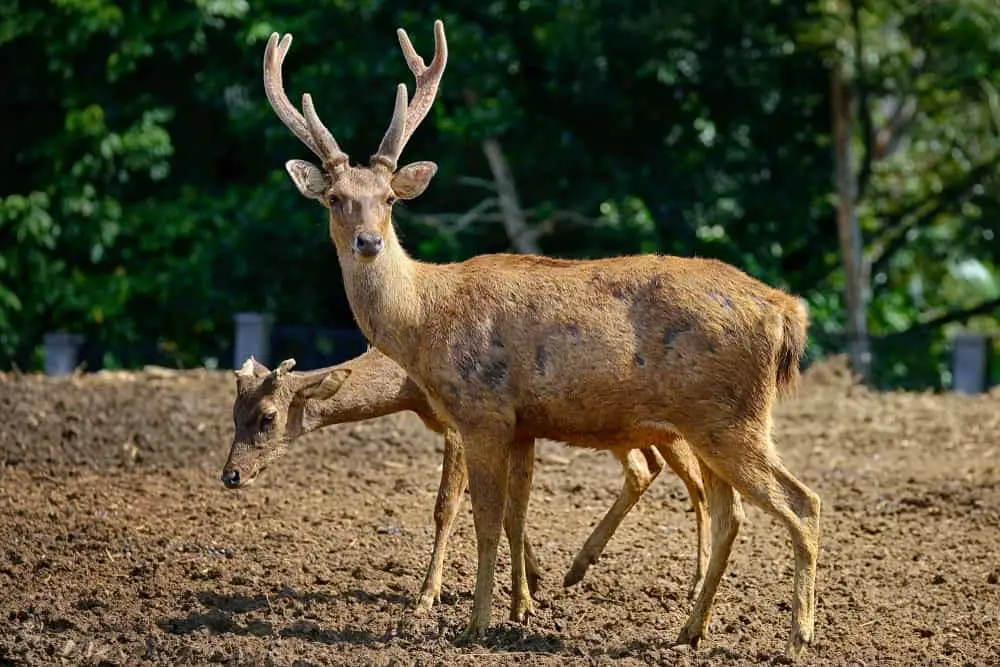
Also known as Kuhl’s dog deer, this highly-threatened species of deer is found only on the island of Bawean in Indonesia. Males are often very aggressive towards other males and will spray predators with scent-gland secretions.
Muntjac
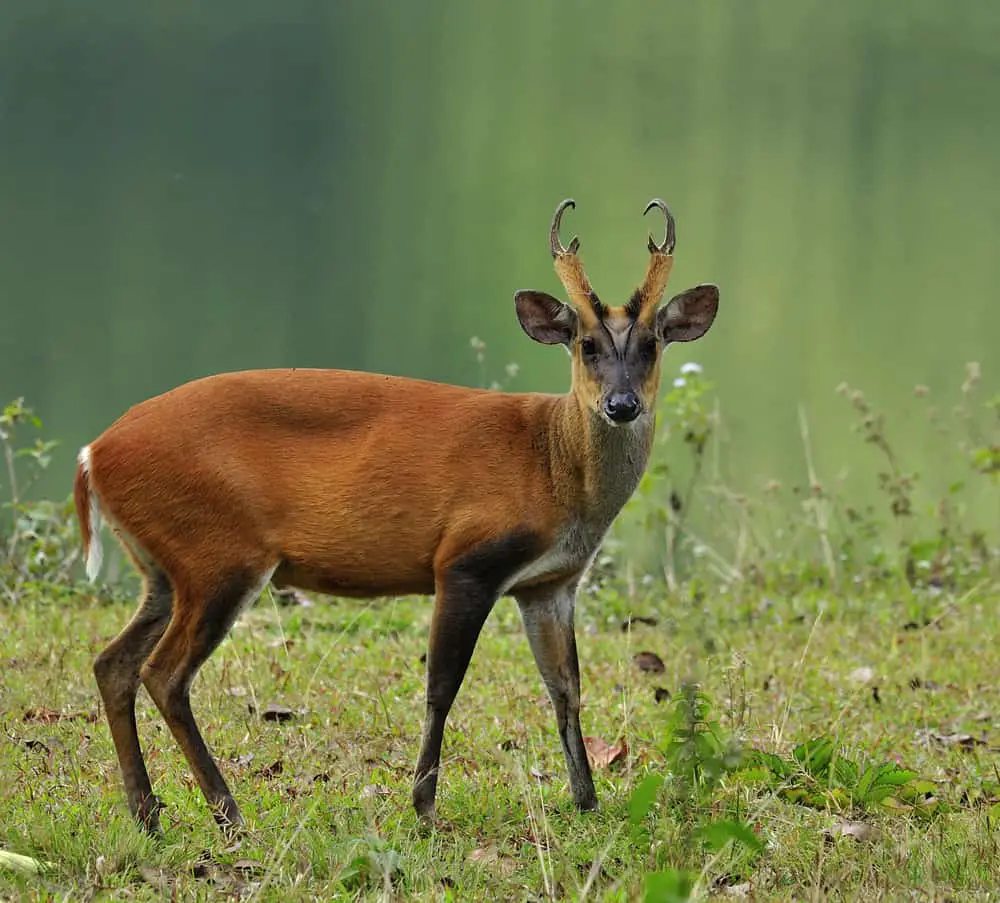
Muntjacs are funny little creatures that are known for their behavior of barking. Like the tufted deer, Muntjacs have tusks but they also have short antlers that they can regrow. Their genus has 12 recognized species that are native to Asia, India, Sri Lanka, Myanmar, Vietnam, and the Indonesian islands.
There is also an invasive species of Muntjac in the United Kingdom and in some areas of Japan. Like Elk, Munjac eats grass and shoots, but they are technically classified as omnivores and regularly eat fruit, seeds, small animals, and bird eggs.



